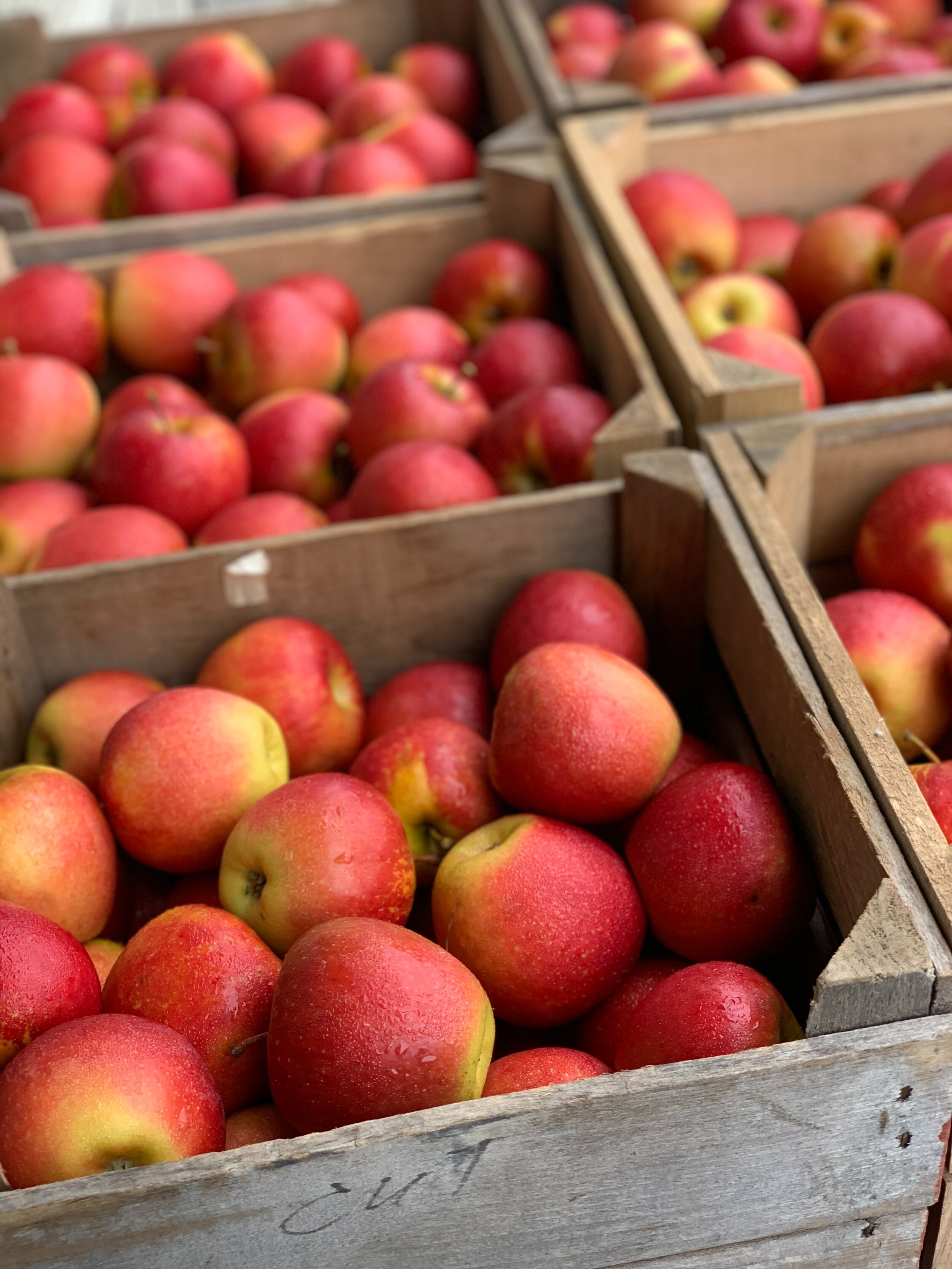
Calvados
Origins
Apple brandies will always hold a special place in our hearts. While there are many different styles of apple brandy out there, the two most popular are Calvados and American Apple Brandy. Other apple brandies typically follow the style of one of the two of these main categories. Here however, we’ll be looking at Calvados specifically.
Brewing the apples dates back to the days of Charlemagne in the 8th century when cider was a popular beverage for many. It wasn’t until the 16th century though that this cider was distilled and turned into eau de vie de cidre or commonly, Calvados. Calvados, while popular, didn’t fully come into its own until the phylloxera plague destroyed the grape and wine industry. It enjoyed a golden age as people were seeking alternative methods for inebriation.
When thinking about apples in general, there are over 7,500 different varieties! For Calvados production, only 200 of those number are commonly used in the production of this brandy. Some producers are known to use over 100 different varieties just for one style of Calvados to craft the perfect blend of flavors that they’re looking for.
There are several categories for aging Calvados as well:
Fine/Three Star - at least two years in oak
Vieux or Réserve - aged at least three years in oak
Vieux Réserve, V.O., or V.S.O.P - aged at least four years in oak
Hors d’Age, Extra, Age Inconnu - aged at least six years in oak
What Makes it Calvados?
How is it made?
First the apples are pressed and fermented into a cider. That cider is then distilled to create an eau de vie. It can’t truly become Calvados until it has aged in oak barrels for at least two years.
Legal Specifications?
• Must be aged in oak barrels. There are no restrictions as to whether the barrels must be new or previously held any other type of spirit or alcoholic beverage
• Must be distilled to 40% ABV
• There are also three main terroirs to consider when it comes to Calvados:
1. Calvados AOC - This style accounts for 70% of all Calvados produced. Here, the spirit is distilled in a column still with one distillation run. This results in a lighter and fruitier spirit.
2. Domfrontais AOC - This one has a large concentration of pears added to it. Distillers must use at least 30 percent pears in the fermentation process. Column stills are generally used here.
3. Pays d’Auge AOC - Can only be produced in the eastern region of the AOC. The cider must be fermented for at least six weeks. It goes through a double distillation in a pot still.
Where can it be made?
Normandy, France
Tasting Notes &
Popular Expressions
Calvados has an amazing range of flavors and most of them come from the hundreds of styles of apples that can be used in them in any manner of combination for the desired flavor. These apples are blended with the purposes of adding sweetness, tartness, acidity, and fruity flavor. Additionally, Calvados has the freedom of being aged in any style of oak container that ranges from whiskey, sherry, wine, beer/cider, to rum. That allows for any number of baking spices, vanilla, toffee, caramel, cocoa, maple, and wood notes to enter its flavor profile. Calvados has a huge breadth of flavors to explore and the best way to find out which one is for you is to pour a glass and find out!
Suggested Brands - Roger Groult, Germain Robin, Domaine Dupont, & Busnel.
(For American Apple Brandy - look for Lairds Straight Apple Brandy Bottled-in-Bond)
Suggested Cocktails - Jack Rose, Jekyll & Hyde, Conference, & Café Calva
